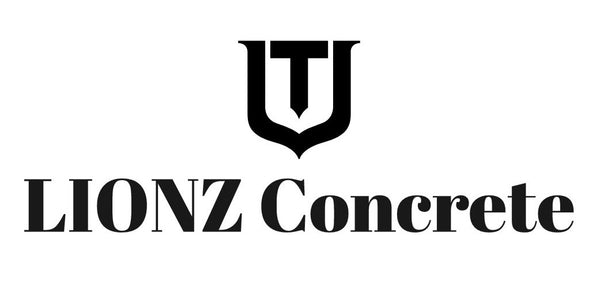What Are The Main Differences Between Concrete Furniture vs. Ordinary Furniture?
Share
Introduction
When choosing furniture for your home, the materials used play a significant role in the overall aesthetic, durability, and functionality of each piece. Concrete furniture has gained popularity in recent years as a modern, industrial option, while traditional materials like wood, metal, and plastic remain staples in homes around the world. If you’re considering concrete furniture, it’s essential to understand how it differs from ordinary furniture made from conventional materials. In this blog post, we’ll explore the key differences between concrete furniture and ordinary furniture to help you make an informed decision.

1. Material Composition and Durability
Concrete Furniture: Concrete is a composite material made from cement, water, aggregates (like sand or gravel), and sometimes other additives. Its inherent strength and density make it one of the most durable materials available for furniture. Concrete furniture is resistant to scratches, dents, and general wear and tear, making it ideal for high-traffic areas or outdoor use.
Ordinary Furniture: Ordinary furniture is often made from materials like wood, metal, or plastic. While these materials can be durable, they are generally more susceptible to damage over time. Wood can warp or crack, metal can rust or dent, and plastic can degrade or discolor, especially when exposed to harsh elements.
2. Weight and Portability
Concrete Furniture: One of the most notable characteristics of concrete furniture is its weight. Concrete is a heavy material, which makes the furniture less portable than pieces made from lighter materials. This can be an advantage if you’re looking for sturdy, permanent fixtures, but it may be a drawback if you like to rearrange your furniture frequently or need to move it often.
Ordinary Furniture: Furniture made from wood, metal, or plastic is typically much lighter than concrete furniture. This makes it easier to move and rearrange, providing more flexibility in changing your home’s layout. However, lighter materials may also be less stable and more prone to tipping or shifting.
3. Aesthetic and Design Versatility
Concrete Furniture: Concrete furniture offers a unique aesthetic that is often associated with modern, industrial, or minimalist design styles. The raw, unfinished look of concrete can add a touch of sophistication and elegance to a space. Additionally, concrete can be molded into various shapes and finished with different textures and colors, offering a high level of customization.
Ordinary Furniture: Ordinary furniture comes in a wide range of styles, from traditional to contemporary. Wood, metal, and plastic offer more versatility in design, with options ranging from intricate carvings and ornate details to sleek, modern lines. These materials can be stained, painted, or upholstered, providing endless possibilities for customization.
4. Maintenance and Care
Concrete Furniture: Concrete furniture is relatively low maintenance. It’s resistant to stains and spills, especially when sealed, and can be easily cleaned with mild soap and water. However, it’s important to avoid harsh chemicals that could damage the sealant or surface. Over time, unsealed concrete can develop a natural patina, which some people find appealing.
Ordinary Furniture: Maintenance requirements for ordinary furniture vary depending on the material. Wood furniture may need regular polishing and conditioning to prevent drying or cracking. Metal furniture may require rust prevention and occasional touch-ups, while plastic furniture is generally low maintenance but can fade or become brittle with prolonged exposure to sunlight.
5. Cost and Investment
Concrete Furniture: Concrete furniture is often considered a premium option due to its durability and unique aesthetic. The cost can be higher than that of ordinary furniture, particularly for custom pieces. However, the longevity of concrete furniture can make it a worthwhile investment in the long run, as it’s less likely to need replacement.
Ordinary Furniture: The cost of ordinary furniture can vary widely depending on the material, brand, and design. While there are budget-friendly options available, high-quality wood, metal, or designer pieces can be just as expensive as concrete furniture. The choice between ordinary and concrete furniture may come down to your budget and the value you place on durability and design.
Conclusion
Concrete furniture and ordinary furniture each have their unique advantages and disadvantages. Concrete furniture stands out for its durability, modern aesthetic, and customization options, making it an excellent choice for those looking to make a bold statement in their home. On the other hand, ordinary furniture offers a broader range of styles, lighter weight, and often more flexibility in terms of portability and cost.
When deciding between concrete and ordinary furniture, consider your lifestyle, design preferences, and how you intend to use the furniture. Whether you choose the solid, enduring presence of concrete or the versatile, time-tested appeal of traditional materials, the right furniture can enhance your home’s comfort and style.

